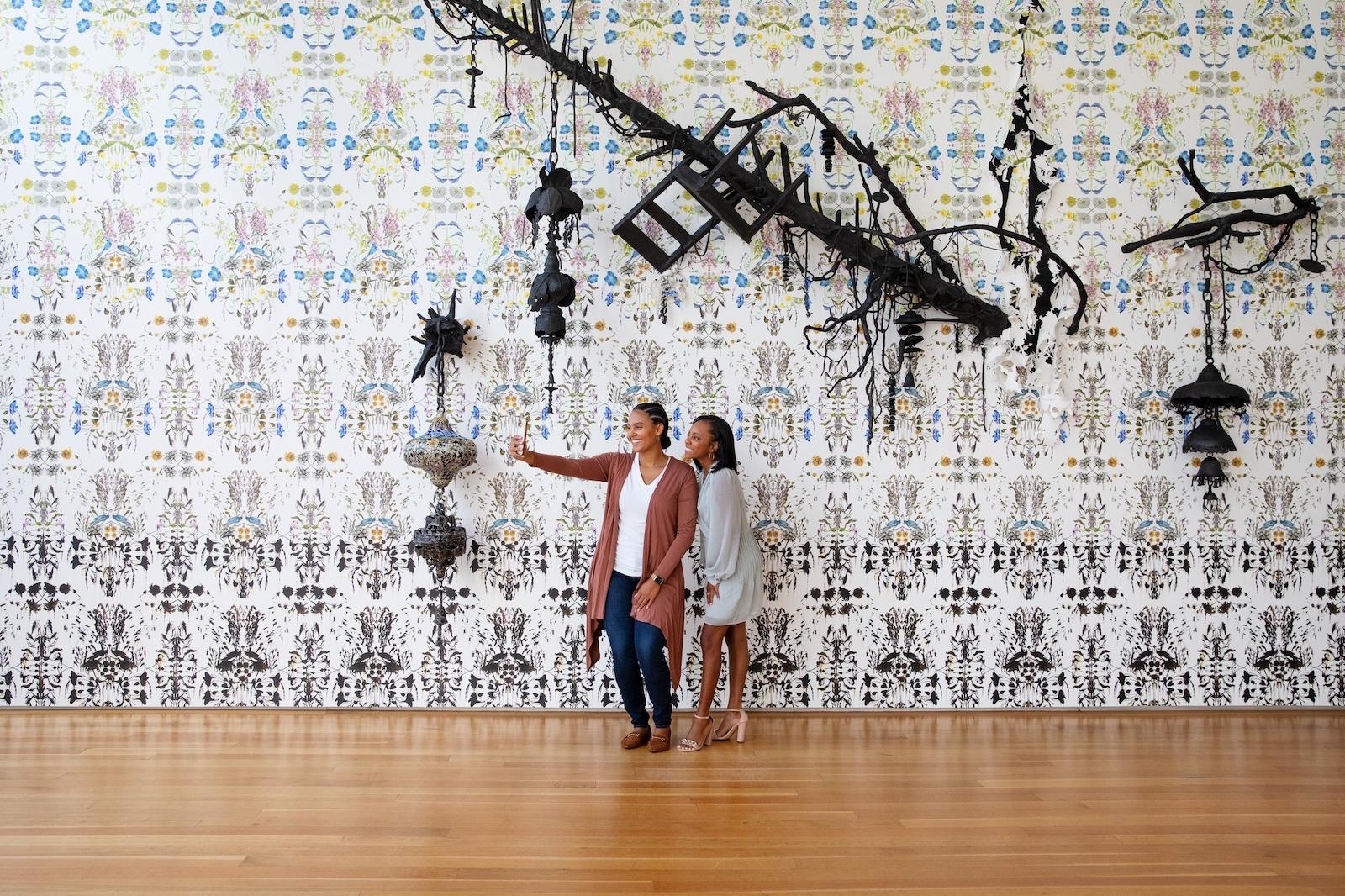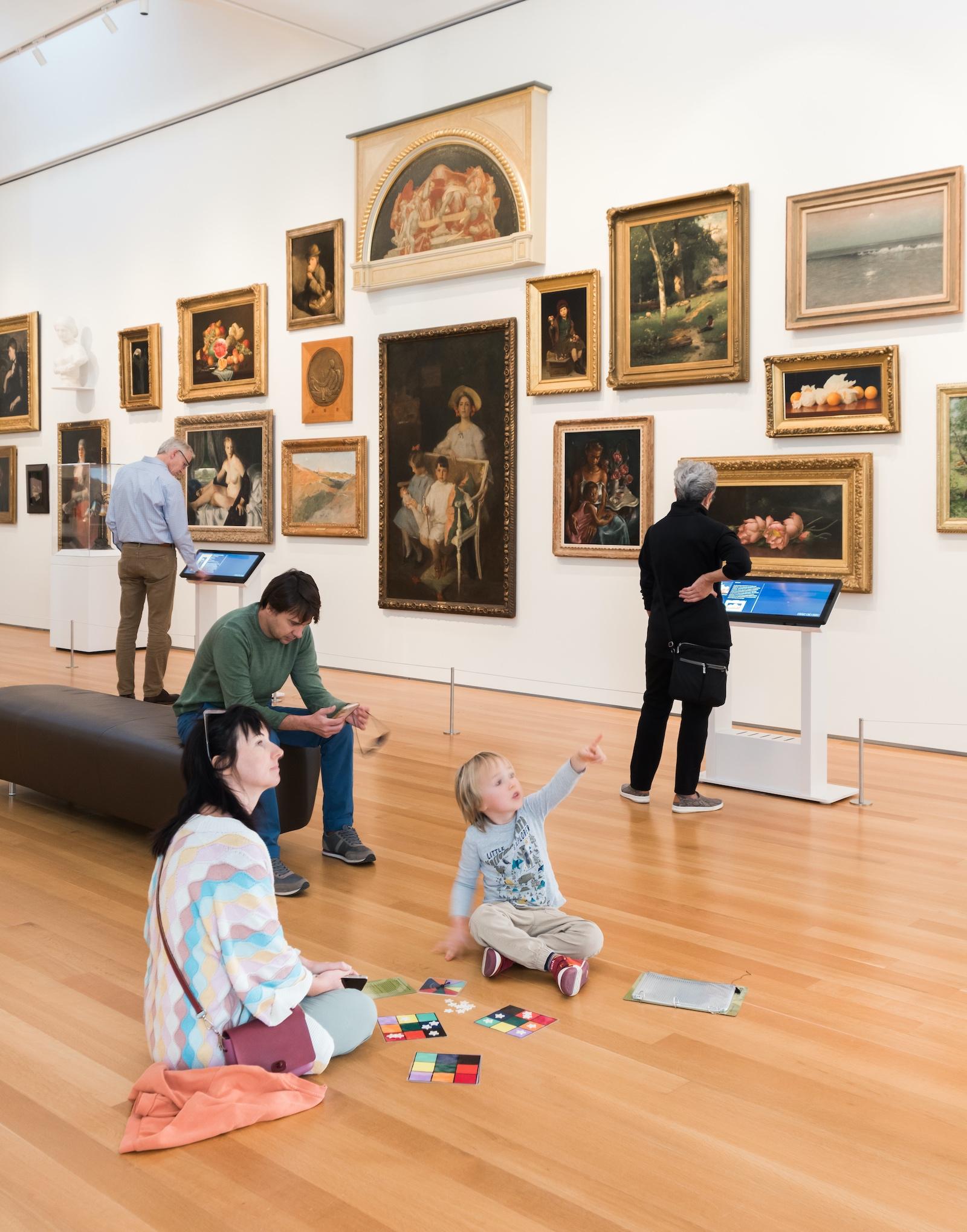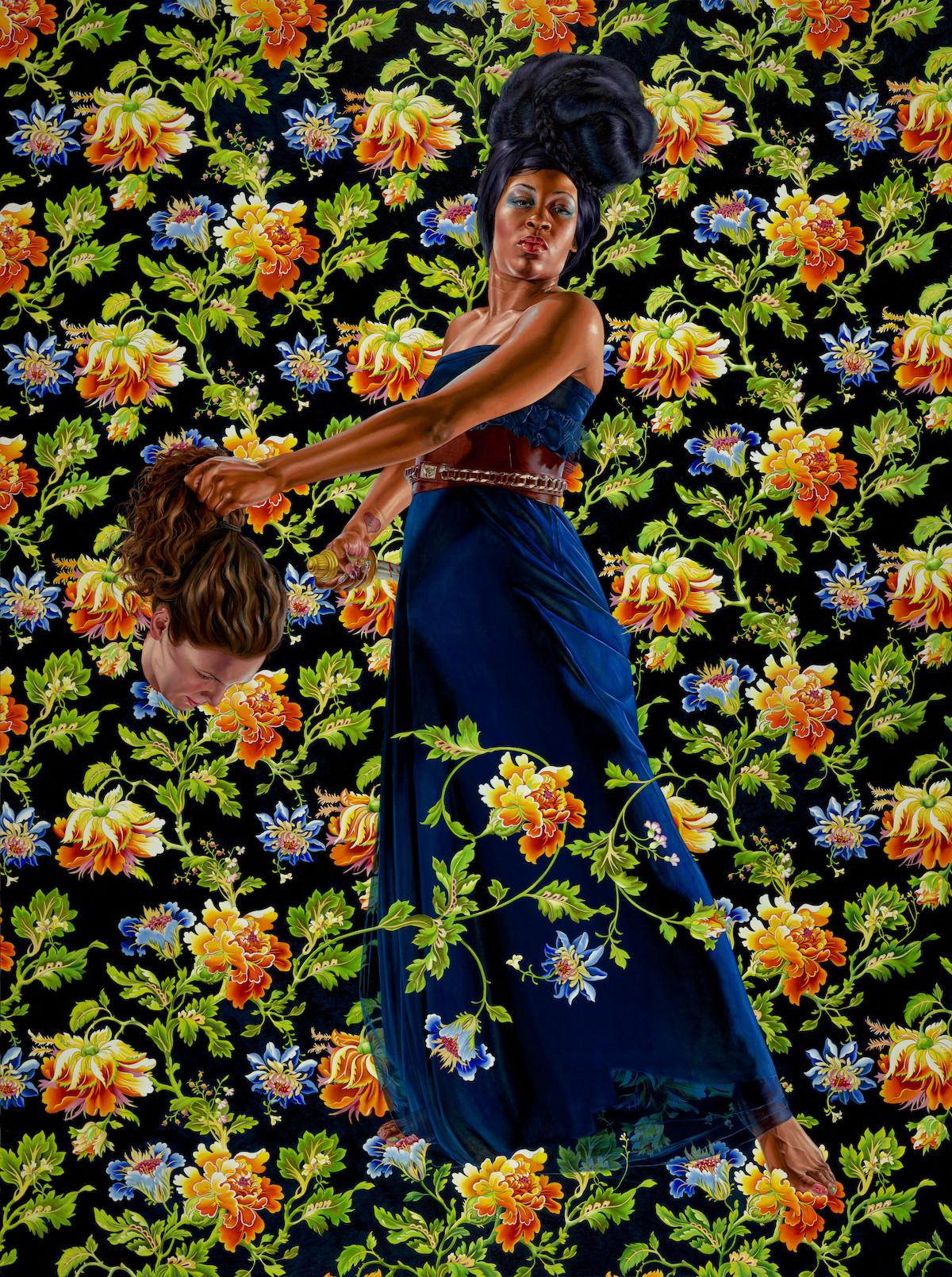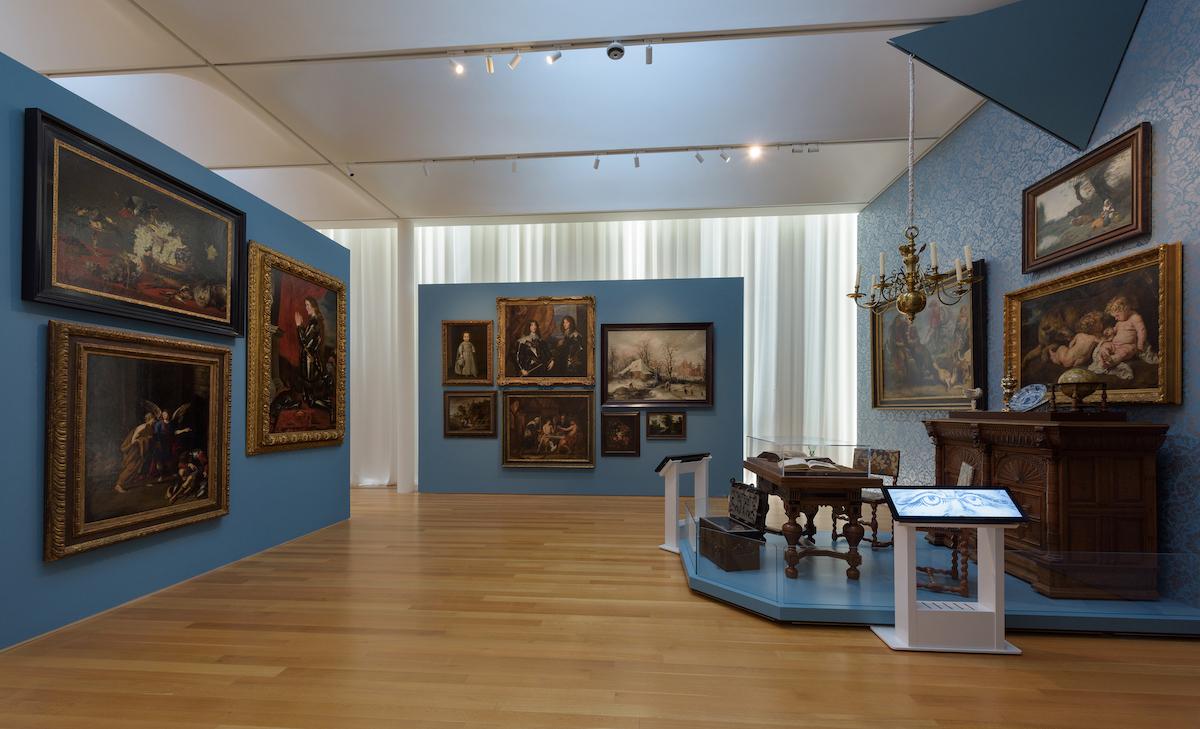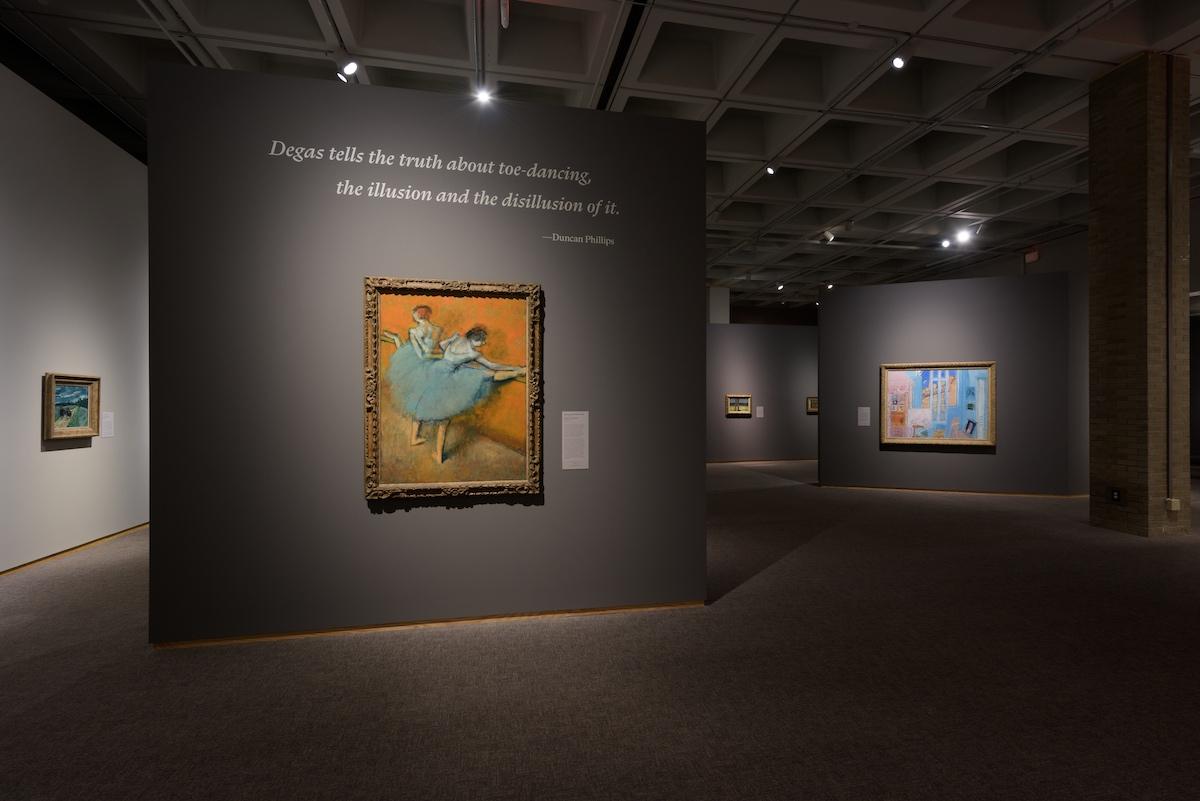The NCMA recently initiated a campaign to increase diversity. New acquisitions include a pair of stunning Torah finials by eighteenth-century female silversmith, Hester Bateman, and The Old Indian Arrow Maker and His Daughter, 1867, a sensitively carved marble by African American and Native American sculptor, Edmonia Lewis. With a longer acquisitions wish list at odds with budget limitations and high demand, the team took creative approaches to further augment the collection. The NCMA’s ongoing strategy is to make key acquisitions and then borrow works from other museums to fill in the gaps. Additionally, works that had not been on view in years were discovered in storage by new curators.
To shape the reinstallation, Dougherty and her team expanded on an earlier program, where they paired two completely different artworks to create “conversations between collections.” New juxtapositions are designed to shift aesthetic perceptions of connections between individual works as well as the whole collection, based on Dougherty’s observation that there are common themes, narratives, and ideas found across time and place. She looks for this “common humanity…. There is this sense of connection.” Once visitors walk through thematic galleries, the goal is that they will continue to make connections as they view the rest of the collection.




